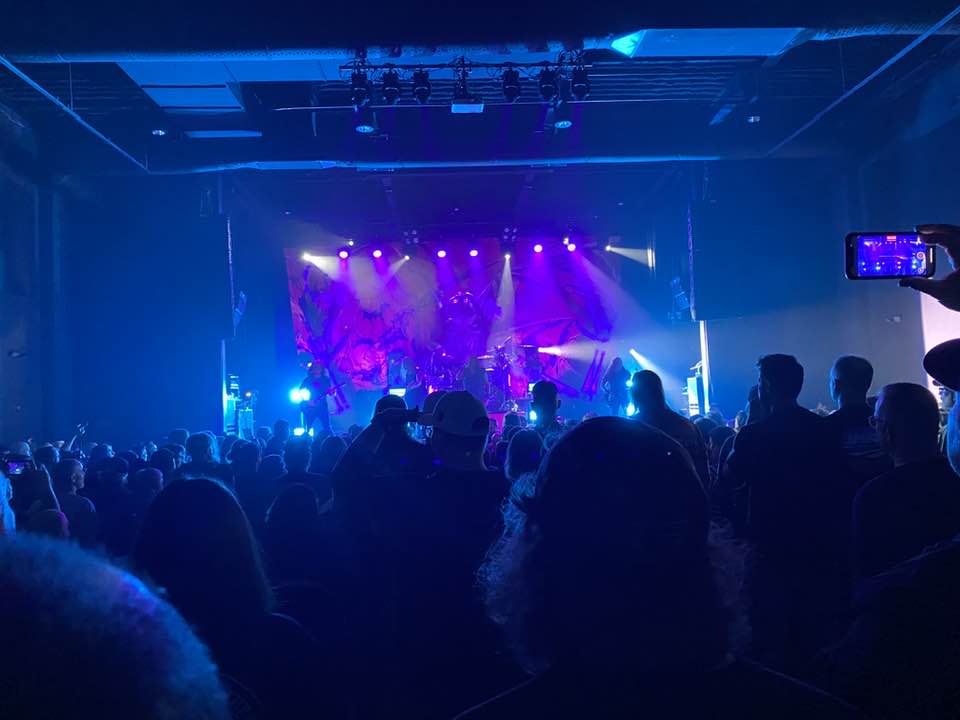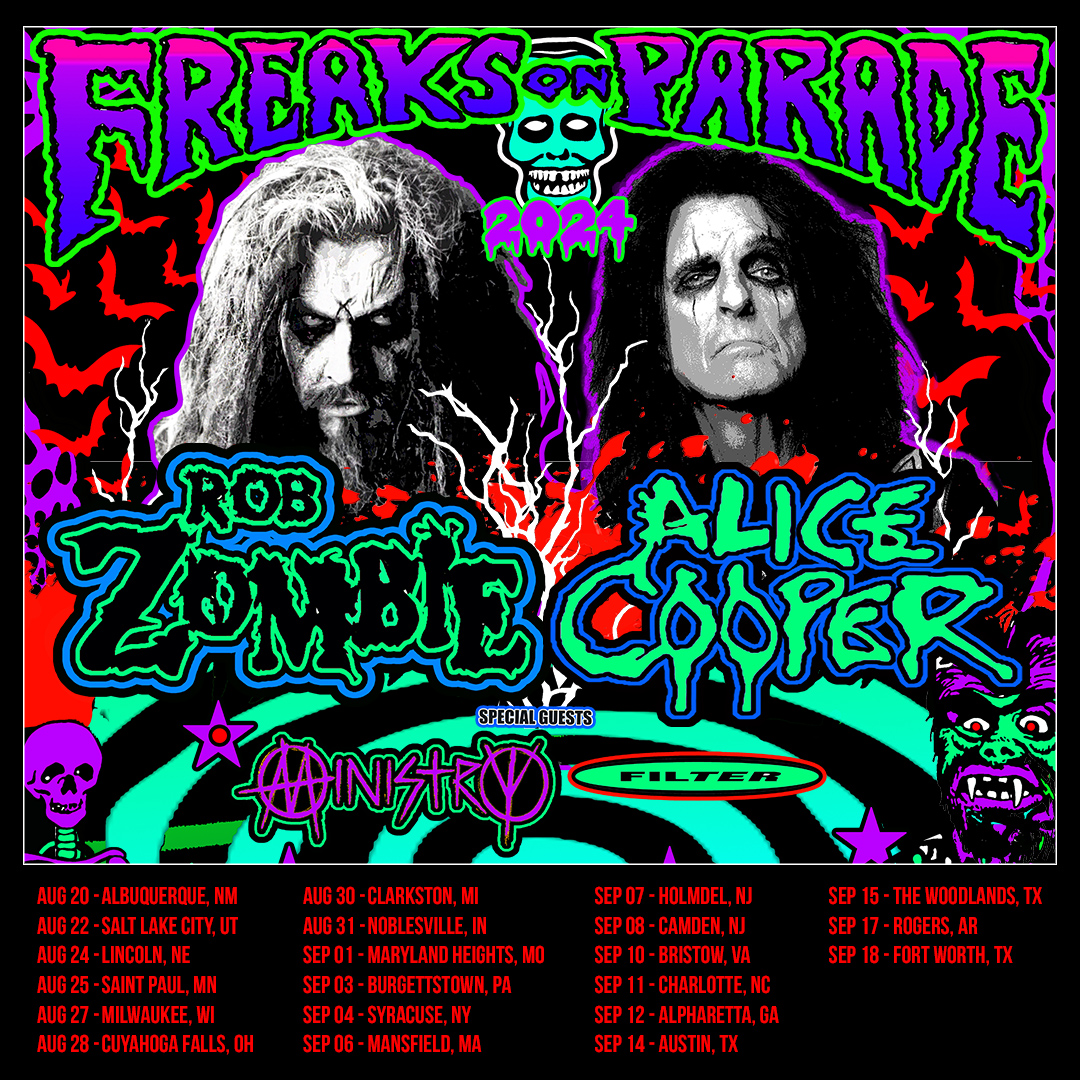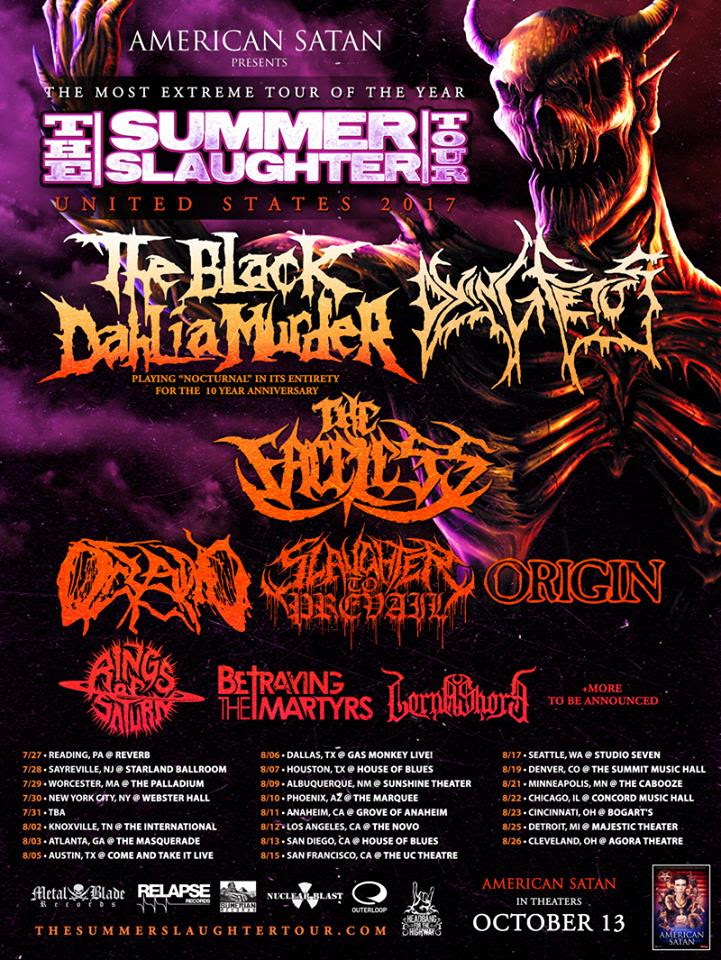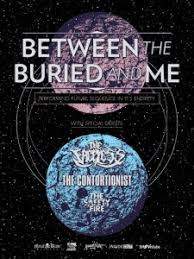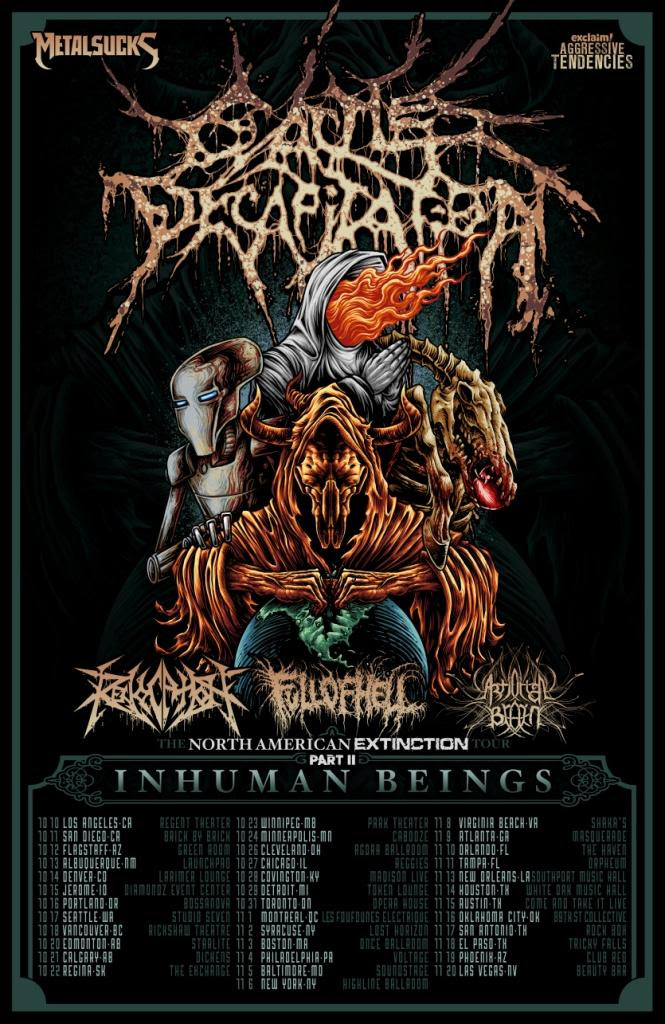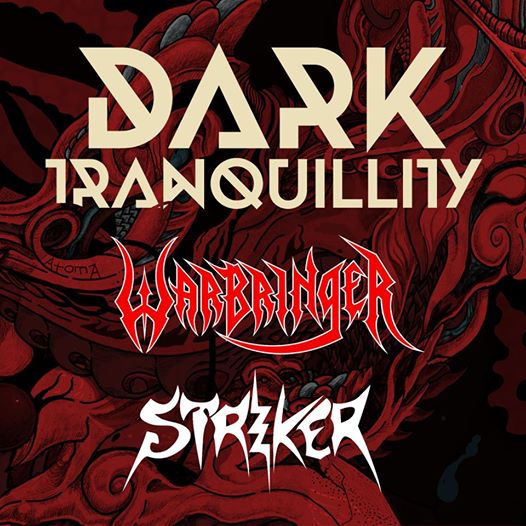Is There Ethical Music Streaming Under Capitalism?
 This March, the livelihoods of independent musicians went from unsustainable to dire in less than a week. As the COVID-19 pandemic spread across the globe, bands like the Philadelphia-based Mannequin Pussy were forced to cancel tours, a primary source of income for many DIY musicians. “This is not only financially devastating but so emotional as well,” the band said succinctly on Instagram. “Playing shows and making music is our life and having the rug pulled out on our livelihoods is hard to process.” They were only one of countless bands forced into the same position. Many lost not just their source of income playing shows and selling merch on tour, but their side hustles dried up, too, when restaurants and bars closed indefinitely.
This March, the livelihoods of independent musicians went from unsustainable to dire in less than a week. As the COVID-19 pandemic spread across the globe, bands like the Philadelphia-based Mannequin Pussy were forced to cancel tours, a primary source of income for many DIY musicians. “This is not only financially devastating but so emotional as well,” the band said succinctly on Instagram. “Playing shows and making music is our life and having the rug pulled out on our livelihoods is hard to process.” They were only one of countless bands forced into the same position. Many lost not just their source of income playing shows and selling merch on tour, but their side hustles dried up, too, when restaurants and bars closed indefinitely.Within days of the virus’s sweep across America, Bandcamp—the defacto online home for sales of independent music—posted an update on its site on Tuesday, March 17, saying that on Friday the company would forgo their revenue shares (which typically amount to 10 to 15 percent per sale on the site) to support the musicians on their platform. One of the best ways to finance independent musicians’ work, during what are some of their busiest months, was for fans to buy up the albums and merch they could no longer sell on the road. That Friday, fans spent $4.3 million on Bandcamp, 15 times the revenue of a normal Friday on the site. Bandcamp’s founder Ethan Diamond wrote in the announcement beforehand, “For many artists, a single day of boosted sales can mean the difference between being able to pay rent or not.”
Sometimes it takes an entire structure falling apart to see how nonfunctioning the system was to begin with, and the coronavirus has done just that. It has meant that musicians and their fans are forced again to confront the long-standing financial disparities of the music industry. Independent musicians have always just barely gotten by, but in the era of streaming, when other sources of income disappear, they can hardly get by at all. An international pandemic is far from the first time the alarm has been raised, but as we watch the independent music community reel from financial losses, an age-old question has resurfaced with stunning urgency. When the bands we love are struggling to survive, who should be held responsible?
Earlier this year, The Creative Independent, an online publication by Kickstarter, shared the results of a survey they sent out in 2019 to 298 musicians and music industry professionals on the state of the music industry today. The findings showed a range of perspectives on the sustainability of the music industry in its current state, some hopeful and some despairing. But when participants were asked which sector of the music industry had the greatest opportunity to make changes in order to improve the status quo, 37 percent of musicians and 61 percent of industry professionals pinned streaming platforms as their number one source of frustration. “Many respondents suggested that putting collective pressure on services such as Spotify to pay artists fairly, and investing in more cooperative models for distributing music, would help,” the report read.
René Kladzyk, a musician, writer, and founder of the Future Music Industry List, was one of the co-authors of the report. “It was really powerful, even beyond the multiple choice portion,” she said. “I was really moved by the open-ended responses, because so many people said the exact same thing. Over and over, the word ‘unfair’ was used—that the payment structure of streaming services isn’t fair and doesn’t value their work appropriately. I think, on that, there is real consensus.”
With online music streaming being the most ubiquitous method for listening to music in 2020, listeners now have a veritable feast of platforms from which to choose: Apple Music, YouTube Music, Amazon Music, Google Music, and TIDAL are just a few of the big-name services, but none is bigger or more powerful than Spotify, which claimed the highest number of streaming subscribers worldwide in 2019. Like all tech startups, the service Spotify provides has begun to feel so inevitable as to seem almost invisible. “Spotify is the most popular global audio streaming subscription service with 271m users, including 124m subscribers, across 79 markets,” marketing copy on Spotify’s homepage reads. In an informal poll I took to get a sense of how people within my circle used streaming services, of about 130 friends on Instagram, more than 82 percent used Spotify as their primary way to listen to music. On Facebook, in a survey of 55 friends, the percentage was 65 percent.
Last year, revenues from streaming grew to $8.8 billion, accounting for 79.5 percent of all recorded music revenues, according to a year-end report by the Recording Industry Association of America. Spotify proudly claims that they are “the largest driver of revenue to the music business today.” But what an average listener might not know is that the system by which they bring in all that revenue disproportionately favors the most famous—and therefore best-paid—artists. That’s because the platform operates on a pro-rata model, where the money that Spotify makes from paid subscriptions gets pooled, then distributed in proportion among the artists with the most popular tracks for the month. This means that the biggest artists with the highest number of streams, like, say, a Post Malone or Cardi B, will always end up with the most money. “When I see a debate between Taylor Swift or Justin Bieber and their labels with Spotify about streaming rates, the calculus that goes into that has no bearing on my [independent music] community,” said Mat Dryhurst, an artist and teacher at NYU’s Clive Davis Institute of Recorded Music, who performs alongside the independent musician Holly Herndon. “We’re, in a weird way, collateral damage for a bigger debate.”
And the problems with the service aren’t just with the unequal payouts in streaming. In a 2018 experiment, the journalist and critic Liz Pelly assessed gender representation on Spotify in its most popular playlists. After creating a new account, to enter the experiment with a blank canvas untarnished by algorithms, Pelly listened weekly to all the top playlists recommended and curated on Spotify, like Today’s Top Hits and RapCaviar, and found that the gender representation skewed heavily male. Another discouraging result of her experiment was in her Discover Weekly playlist: When Pelly listened exclusively to the playlists Spotify had curated, her algorithmically generated recommendations in Discover Weekly skewed heavily male, too. Much has been written about the sexist, racist, and prejudiced leanings of algorithms. Spotify—in trying to reach the greatest number of listeners, with the greatest statistical number of offerings and “curated” playlists—just reinforces it.
I noticed something similar myself last year, when I began casually looking into Spotify’s “Related Artists” offerings. I found that, overwhelmingly, if you were listening to a band with cis-male musicians, the related artists would almost always be other cis-male musicians, whereas when I listened to music by artists that identify as women, I would find music by other musicians that identify as women but frequently by cis men as well. This gendered sorting on behalf of the algorithm made it so that, if you tended to listen only to music by men, Spotify would continue to serve you music by men, and if you sought out artists who identify as women, you would still end up with recommendations for male artists, reinforcing the marginalization of women artists in an already male-centric music industry. (Spotify declined to comment for this story, instead directing VICE toward a statement on gender parity previously given to Billboard and a study on the downsides of user-centric streaming by Spotify’s former chief economist, published while he was still working at the company.)
Even if you’re the kind of person who deliberately opens Spotify and attempts to find albums by underrepresented artists, Spotify is working to make sure you don’t. Eager to place itself in direct competition with radio (still the number one format Americans use to listen to music), Spotify has begun pushing more passive listening than ever. “One way [Spotify can compete with radio] is by creating a better lean-back experience, whether through editorial or algorithmic playlists,” said Cherie Hu, the writer and podcaster behind Water & Music, a Patreon site dedicated to analyzing innovations in the music industry. “If you look into the way that Spotify communicates their service offering to brands and advertisers, it’s by ‘serving the perfect music for every moment.’ I don’t think they would really frame their service to artists as, ‘Hey, this is the perfect service for delivering your music at the right perfect functional moment,’” Hu added. Would an artist who has dedicated her life to making an album want to be anonymized on a playlist like “Feelin’ Good, Surf Rock Sunshine, and Late Night Vibes”?
Hu has written about this dissonance, where listeners have come to be more loyal to a streaming service than to the artists they stream. “If you’re getting surfaced new content all the time, you can only foster strong connections with so many of those artists,” Hu pointed out. “Spotify isn’t in the business of increasing connection. They’re in the business of making sure you keep streaming.”
With all these strikes against Spotify (and streaming services writ large), I stopped seeing Spotify as an inevitability. If I wanted to become an ethical music consumer—someone who supported the work of the artists I enjoyed, as well as someone who sought out underrepresented voices not served to me by an algorithm—I felt I couldn’t trust Spotify to deliver. Like the choice to become an ethical food consumer, who might learn the origins of their eggs or where their vegetables are grown, I wanted to push back against my own complacency and desire for convenience. I had been taking what I was given and not thinking critically about it.
In the survey I sent out to friends about their listening habits, one anonymous response captured this feeling well. “I noticed that I have become much more of a passive music consumer now that I use Spotify. Because they populate playlists for me, I just put music on based on my mood, and sometimes I don’t even know the artists I’m listening to. I used to be more active in finding new music via blogs, but have almost entirely stopped that practice,” the response said. “Recently, I’ve turned to records as a way of becoming a more active music listener; I stop to flip through our record bin, pick an artist, and listen to their full album. This has helped me get back to appreciating music the way I used to before streaming it.”
In the era of streaming, the public fights always seem to be between the services and the artists. But we never seem to consider the culpability or the role of the listener. Is it inevitable that we’ll default to the easiest and cheapest option? “Living in capitalism, our strongest political voice is with our dollar,” Kladzyk, the co-author of the state of the music industry report, said. “And there are very real ramifications for so many people on how you spend—or don't spend—money on music.”
What price do we put on art and how much do we value it?” Joseph Edward Keyes, the editorial director of Bandcamp, asked me over the phone one afternoon in February. I kept thinking about that question in the weeks to come, as more and more independent musicians saw their livelihoods snatched out from under them. More than a week after Bandcamp announced their revenue donation, and two days after they shared the $4.3 million sum fans spent, Spotify seemingly realized that they should be doing something, too, and announced they would match up to $10 million in donations to MusiCares, PRS Foundation, and Help Musicians. Since then, they've also allowed artists to fundraise on their own pages.
More interesting was the second half of this announcement. “We’re also working diligently to launch a feature that will enable artists to fundraise directly from fans during this challenging time,” the press release said. “This will give artists on Spotify the ability to link out to a verified funding page for themselves, for another artist in need, or for a separate initiative of their choice.” Unwilling to change the system that was putting hurting musicians in this position in the first place, Spotify instead has turned to artists to fundraise for their own livelihoods on the platform that is making it hard for them to survive—and, according to their numbers, 50,000 have done so.
A day like the kind that we saw on Bandcamp doesn’t happen every day—it was an exception to the rule. (Though, after the success of the revenue-free day in March, Bandcamp announced in April that they’d be waving their revenue shares on May 1, June 5, and July 3 as well.) Why isn’t there a better way to support the careers of the musicians we love?
“Spotify’s free tier is amazing for people who can’t afford to pay and just want a convenient all-you-can-eat resource,” Hu said. “What’s missing is something for the more loyal music fans, who want to show appreciation to the artist. It’s impossible to do that in a Spotify environment.”
On Twitter late last year, the musician Ionna Gika suggested one option for what that could look like: “I propose an app which is a master list of artists that activates the streaming services of their choice. Want to hear @ZOLAJESUS. Type her name in app: it brings you to the specific site(s) of her choosing,” she wrote, continuing, “If all artists are searchable on the app, this idea will force streaming services to give more incentives to artists because they will recognize that artists will ONLY point to the sites that are not flagrantly fucking them over.”
In the absence of an app like that, it’s our responsibility as listeners to seek out alternative options to Spotify and to support the work of independent artists not backed by major labels or promoted and playlisted by streaming services. Kladzyk and Dryhurst maintain that there still isn’t a one-size-fits-all approach—and maybe there shouldn’t be. “Spotify represents themselves as this behemoth that is good for every artist, at every level. That’s just simply not possible,” Kladzyk said. “What would actually be better for the industry is to have a multiplicity of options, rather than a monopolistic ultimate listening service.”
And while Bandcamp is working to make the music industry a better place, it is far from the only service trying to upend the major platforms like Spotify and Apple Music. The most common attempts at alternatives operate on cooperative models, where artists and listeners own the service on which the music is hosted, and therefore have a say in how it is run. Resonate, a site developed in 2015, is based on a stream-to-own model, where a listener pays something for each listen until, by the ninth listen, the user owns the song.
In June, a site called Ampled will launch where music fans will be presented with another alternative. Listeners will be able to donate a $3 minimum monthly payment to artists of their choosing, and in exchange get access to unreleased material, demos, and merch. “A lot of listeners really want to directly support artists, even from a point of tithing, where they feel guilty about using Spotify,” Austin Robey, one of the co-founders of the co-op explained. While Ampled’s most obvious comparison is to Patreon, Robey pointed out that the reason many musicians dislike Patreon is that “either it’s seen as not for music (or for YouTubers and podcasters) or just that it feels transactional or lame or a sign of failure.” Ampled, on the other hand, intends to be a “direct patronage platform” where if you like a band, you are paying them, more or less, to not break up.
The only way these new systems will work is if we devote ourselves to using them. As on Bandcamp’s revenue-free Friday, the desire to support independent musicians is clearly there, we just need to access it more. One behavior I’ve adopted is using Spotify to listen to artists like Ariana Grande, and then Bandcamp for everything else. When a notification pops up on Bandcamp that encourages me to buy the album I’ve been listening to (typically this happens after a few full streams), if I have the cash, I buy it. In the absence of buying music, though, using alternative services like Bandcamp, Resonate, or Ampled still helps. So does investing in resources that challenge the homogeneity of the music industry in the streaming era, like the Future Music Industry list, Pelly’s work with The Baffler, Water & Music, and the newsletter Penny Fractions. One person changing their listening behaviors might not make a difference, but a collective of fans paying for music, streaming on alternative services, and giving to artists directly through sites like Ampled, could be the sea change needed to support the musicians we love.
Kladzyk, at least, hopes so. “For the people who care, you have an ethical imperative to support musicians in how you consume music,” she said. “If you value music, then consider whether you’re valuing it appropriately in terms of the creative labor that went into making it.” One suggestion she has for making people think twice before streaming an artist’s work instead of buying it? “I think using the term ‘creative labor’ is really powerful in terms of talking about music, because I think consumers think music must be so fun to make that it’s not work.” It is work, Kladzyk said, and for that reason alone, it’s time we started to value it.
*link to original article: https://www.vice.com/en_us/article/jgxx48/is-there-ethical-music-streaming-under-capitalism-spotify-v27n2
Read More News
Tags: Vice, Noisey, Feature
Dayna Evans May 29, 2020

